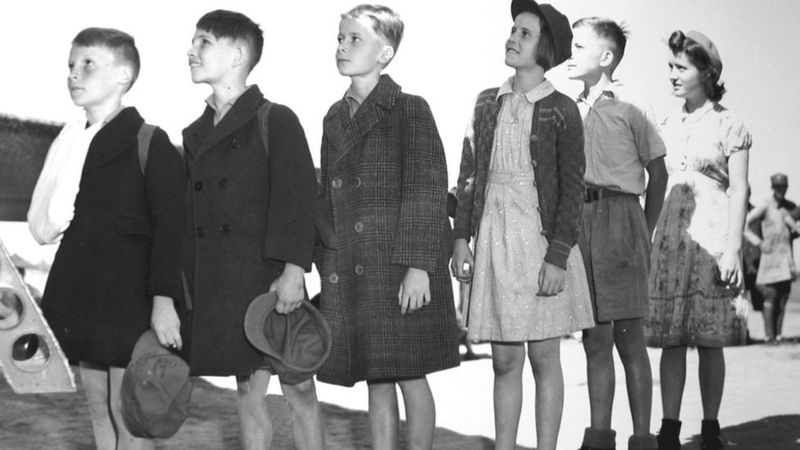

RAND published its findings in a series of reports in the NGA's public online journal, Tearline. But nearly a third seemed to have been razed for no apparent reason.Ī satellite image shows what appears to be a multifacility detention center in Xinjiang The researchers did indeed find factories, farms, buildings, and green space on some of the old cemeteries. China had acknowledged that it demolished some grave sites to make way for roads, parks, and high-rise buildings. The researchers also saw evidence of destroyed Uyghur cemeteries. Most of the schools appeared within a matter of months, just as the detention camps were lighting up. Some had decorative towers, some had colorful circles on the ground, but they all had a telltale play structure outside. They identified nearly 100 in three towns alone-“postage stamp” buildings, often two or three stories tall, many with high walls and a single controlled point of entry. The researchers began scrolling through satellite images to find these facilities. Journalists had reported seeing boarding schools in Xinjiang that appeared to house children whose parents had been taken away. “Even in urban areas, we could identify these lighting signatures that showed us where they were establishing camps, where they were expanding them, and when they really decommissioned them.” “The data is so granular that you can see, down to a city block, how bright the lights are, and how that changes, every month,” said Sean Mann, a policy analyst at RAND who specializes in data science. Despite Chinese assurances that the camps had closed, the researchers concluded that only 11 of them-3 percent of the total they examined-showed any real signs of closure by mid-2020. There were cars in the parking lots, people standing outside, walkways plowed of snow. But when researchers looked at satellite photos of those sites, they found evidence that most were still active. Only 51 of the facilities showed the kind of significant lighting decline that could indicate a closure. We realized we could advance those stories and help provide a broader account of what is happening there.”Ī guard tower and barbed wire fences are seen around a facility in the Kunshan Industrial Park in Artux, Xinjiang, December 3, 2018 “You see stories about one particular camp, or hear one harrowing account from someone who got out of Xinjiang. “It's breathtaking how much satellite imagery is publicly available,” said Edmund Burke, the former senior China officer at the NGA, now a senior international defense researcher at RAND. Working with the National Geospatial-Intelligence Agency (NGA), they began looking at detention camps that Chinese officials insisted were empty. Now they turned their attention to Xinjiang. Researchers at RAND had used satellite observations to get inside the Islamic State, to see how it governed and how cities fared when it took over. Occasional stories began to emerge from the camps: high-pressure indoctrination classes forced labor physical and sexual abuse a grinding out of Uyghur language, culture, and identity. Officials told them their parents had been “infected” by the virus of Islamic radicalism and needed to be quarantined and cured, according to documents obtained by The New York Times. Students coming home on break found empty houses. It transformed the vast Uyghur homeland of Xinjiang into one of the most sophisticated surveillance states in the world, bristling with police checkpoints and facial-recognition cameras. Starting in 2016, China launched a campaign of repression, banning Muslim names, forbidding long beards. The United States has described what is happening to the mostly Muslim Uyghurs as a genocide.

Satellite images gave us a way to get that information.” “In such a denied area, it's hard to know how conditions are changing and evolving.

“This gives us clear evidence of what's happening on the ground in western China,” said Katherine Pfrommer, a quantitative analyst at RAND who helped review the images.

They show bright-lit compounds in the desert dark, wall after wall of barbed wire, and a sudden rush to build what appear to be fortified preschools. Satellite data reviewed by RAND tell a different story.
#NYTIMES CHINESE CONCENTRATION CAMPS FREE#
Then they said it didn't matter-everyone had graduated and was free to go. Then they claimed they were for training workers, or for re-educating potential radicals. Chinese officials at first denied the camps even existed. One million Uyghurs and other ethnic minorities, maybe more, have vanished into a sprawling network of camps and prisons in China's far west.


 0 kommentar(er)
0 kommentar(er)
